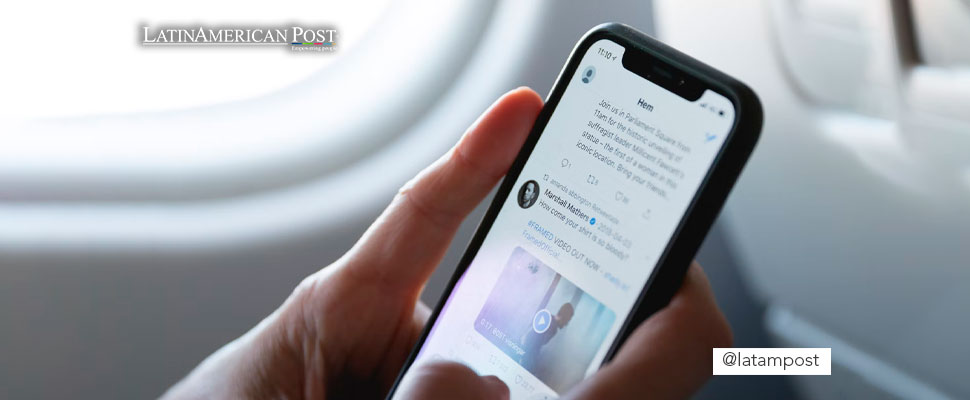How to avoid disinformation about Ukraine in social networks?
Disinformation about the war in Ukraine is everywhere, here are some ways to protect yourself from it

Photo: Unsplash
”.
LatinAmerican Post | Juan Manuel Londoño
Since the conflict between Russia and Ukraine began, social networks have been filled with disinformation and propaganda. And not just by Russia. Here we bring you some tips so that you can be better informed and do not be fooled.
The key is emotional distancing
One of the most important characteristics of propaganda is that it tries to attack people’s emotions. Normally, it tries to generate fear among those he wants to convince.
For this reason, it is important that when you find yourself facing news about the war, you ask yourself the question: What emotion is this news trying to generate in me? If the answer is anger or fear, it is most likely propaganda.
Stop and carefully analyze the information provided
When you come across new information on social networks, before sharing it, carefully read the information it is providing you. The first thing you should do is check the account that posted the information: Is it new? Does it have few followers? What was its activity a few months ago? These are all important questions that will help you determine if an account is fake and trying to misinform.
The next step is to review the content of the post. If it is a tweet, for example, it is best to contrast what it says with other media. At this time, there is a huge political bias on the part of the official accounts of both countries, so we advise you better to follow fact-checkers, such as Newtral. This website is perhaps the largest fact-checking site in Spanish in the world and will help you determine with certainty the veracity of a news story. Another quality fact-checking organization is AFP factual
In the case of images, there are several options to verify if those images are recontextualized or real. In this case, you can use the Tineye, which has a function called the “Compare feature” that allows you to see how an image could have been cropped, resized, skewed, or manipulated. You can also use Google Image Search to determine the date and website of origin of a specific image.
In the case of videos, it is a little more difficult. You can start by downloading the video, right-clicking on the file (in the case of Microsoft computers), and reviewing its properties. If a video was created far away from the date it was published, it is most likely fake. You can also use the Youtube DataViewer, which has a variety of useful tools to check the veracity of a video, such as one that allows you to divide it by images and compare them with other sites on the web. (In the style of TinEye)
Finally, it is worth insisting on the importance of not sharing images, tweets, or videos that you think can be fraudulent. Even if you report them as such when sharing them, it is better to use the “report this content” function present in all social networks. When you interact with a post by sharing it, even to criticize it, you are telling the platform that the content is of interest to you, which makes it more visible to other users.




